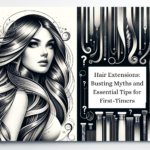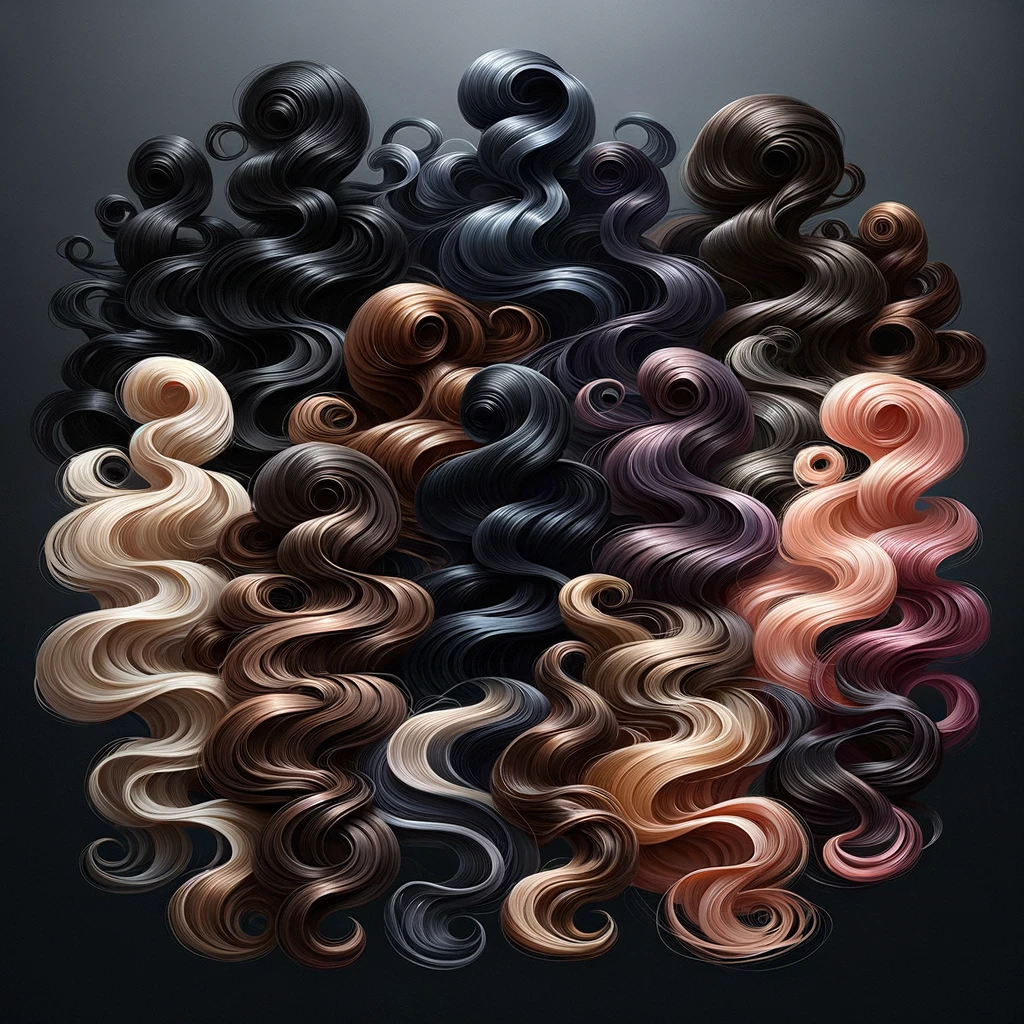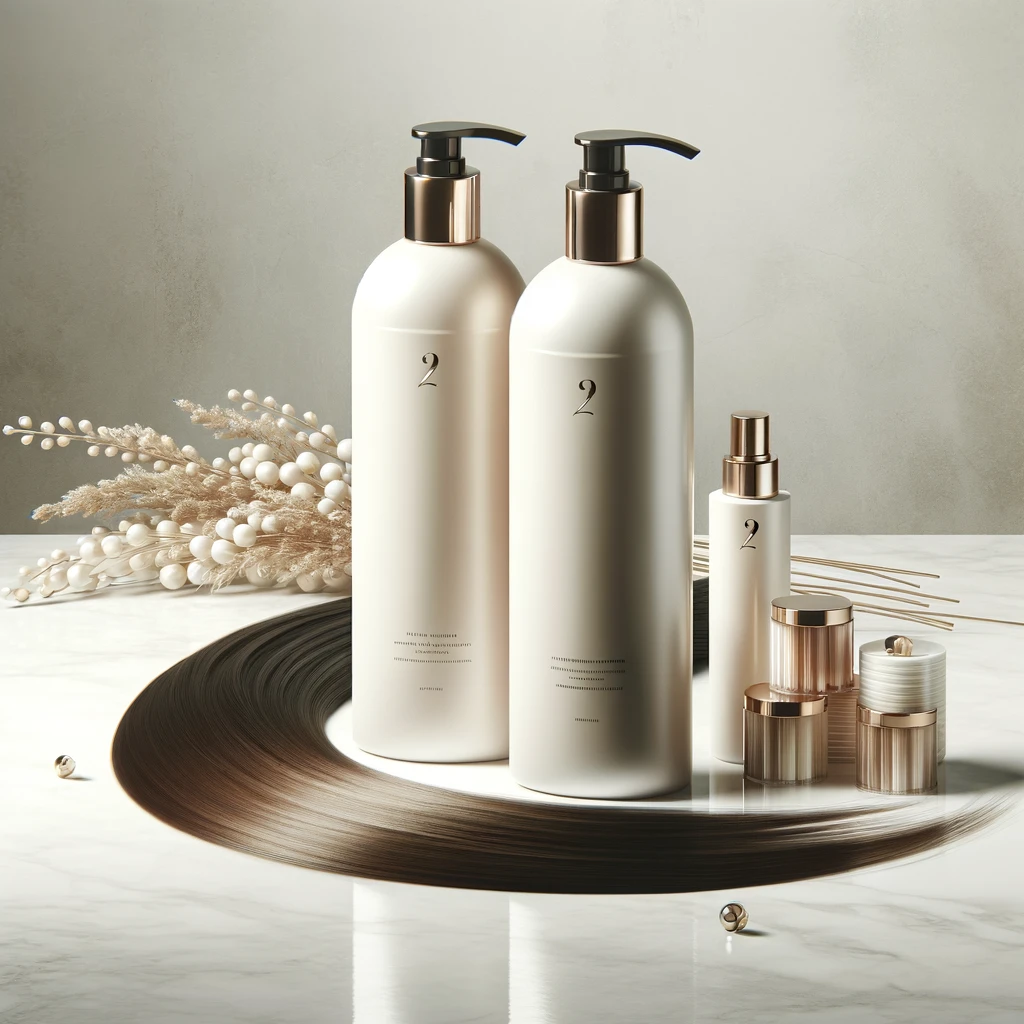
Maintaining Hair Extensions: Expert Tips for Lasting Quality
Hair extensions can transform your look instantly, offering volume, length, and even a splash of color without the long-term commitment of changing your natural hair. However, to ensure that your extensions maintain their beauty and longevity, proper care is essential. Just like natural hair, extensions require specific maintenance routines to keep them looking their best.
Whether you’re a seasoned hair extension enthusiast or new to the world of added tresses, understanding how to care for your extensions is crucial. This guide will take you through everything from washing and drying to regular maintenance, tailored for different types of extensions such as clip-ins, tape-ins, and weaves. Our goal is to empower you with the knowledge and tips to protect your investment and enjoy your beautiful, extended locks for as long as possible.
Join us as we delve into the essential guide to hair extension care, ensuring your hair extensions continue to enhance your look with lasting beauty and vitality.
Understanding Different Types of Hair Extensions
Hair extensions come in various forms, each offering unique advantages and requiring specific care to maintain their appearance and longevity. Let’s explore the most common types:
- Clip-In Extensions: These are temporary hair extensions that you can easily attach and remove yourself. Clip-ins are perfect for those seeking a quick and versatile way to change their look. They generally cause less stress on your natural hair and are easier to maintain since they can be removed before sleeping or showering.
- Tape-In Extensions: Tape-ins are semi-permanent extensions applied by attaching thin strips of hair to natural hair using adhesive tape. They lay flat against the head, offering a more natural look. Tape-in extensions require careful maintenance, especially when using products and during washing, to ensure the tape holds securely.
- Weave or Sew-In Extensions: Weaves are applied by braiding the natural hair into cornrows and then sewing the extension wefts into the braids using a needle and thread. This type of extension is more permanent and can offer a full, voluminous look. Weaves require regular maintenance and tightening by a professional to prevent damage to the natural hair.
- Fusion or Bonded Extensions: These extensions are bonded to natural hair using different adhesives, such as keratin. Fusion extensions offer a very natural look and are quite durable but require professional application and removal. The care for fusion extensions is meticulous to avoid bond damage and to maintain hair health.
- Micro-Link Extensions: Micro-links are applied by attaching tiny wefts of hair to small sections of natural hair using a small silicone-lined bead. Then, a special tool is used to secure the bead. Like fusion extensions, micro-links offer a natural appearance and require regular maintenance to prevent the beads from slipping and to protect the hair.
The Importance of Specific Care
Each type of hair extension demands particular care strategies to ensure they remain in pristine condition. For example, tape-in extensions require sulfate-free shampoos to prevent the tape from loosening, while weave extensions may need more frequent cleansing of the scalp to maintain hygiene. Understanding these nuances is key to extending the life of your extensions and keeping your natural hair healthy.
Detangling and Brushing
Properly detangling and brushing your hair extensions is crucial to prevent damage and extend their lifespan. Here are some techniques and tools recommendations for safely managing your extensions:
Techniques for Safely Detangling Hair Extensions:
- Start from the Bottom: Always begin detangling from the ends of the extensions, gradually working your way up to the roots. This minimizes stress and pulling, reducing the risk of damaging the extensions or your natural hair.
- Use Your Fingers: For minor tangles, gently use your fingers to separate the strands. This method is particularly useful for wavy or curly extensions to maintain their texture.
- Be Gentle: Patience is key. Take your time to gently work through knots and tangles to avoid breaking the hair.
Recommended Brushes and Combs:
- Wide-Tooth Comb: Ideal for initial detangling, a wide-tooth comb helps to gently separate the strands without pulling too hard on the extensions.
- Soft Bristle Brush: A soft bristle brush, especially one designed for extensions, is perfect for smoothing out the hair once the initial tangles have been removed. It’s gentle on the hair and helps distribute natural oils, enhancing the extensions’ shine.
- Loop Brush: Specifically designed for hair extensions, loop brushes have unique bristles that glide through the hair, effectively detangling without snagging on the bonds or wefts.
Additional Tips:
- Brush Before Washing: Detangle your extensions before washing to prevent matting during the washing process.
- Support Your Extensions: Hold your extensions at the root while brushing to avoid pulling on the bonds or clips.
- Avoid Wet Brushing: Brush your extensions when they’re dry, or semi-dry if they’re specifically designed to be brushed wet. Brushing when wet can cause undue stress and lead to damage.
By following these detangling and brushing techniques, you can ensure your hair extensions remain smooth, tangle-free, and beautiful for longer.
Storing Your Extensions
Proper storage of your hair extensions is crucial to maintaining their shape, quality, and longevity. Whether you use them daily or for special occasions, here’s how to store different types of extensions effectively:
Tips for Storing Different Types of Extensions:
- Clip-In Extensions: After removing and detangling your clip-in extensions, gently roll or fold them in one direction. Store them flat in a breathable material, such as a silk or satin bag, to prevent tangling and moisture accumulation. Alternatively, you can hang them on a specially designed extension hanger to maintain their shape.
- Tape-In, Weave, and Fusion Extensions: While these are typically worn for longer periods and not removed frequently, if you have spare sets, store them similarly to clip-ins. Keep them flat and secured in breathable bags or wrapped in silk to preserve the adhesive and hair quality.
- Micro-Link Extensions: For extra micro-link extensions, ensure they are completely dry and neatly arranged before storing. Use tissue paper to wrap the extensions and then place them in a box to avoid compression and tangling.
Storage Products and DIY Solutions:
- Extension Hangers: These are great for keeping your extensions straight and organized. They allow you to store multiple sets of extensions without taking up much space.
- Storage Bags/Cases: Look for storage bags or cases specifically designed for hair extensions. These are typically made from materials that help prevent frizz and protect the extensions from dust and dirt.
- DIY Storage: For a DIY solution, you can use a skirt hanger with clips to hang your extensions in a closet. Alternatively, roll your extensions up in a silk scarf or a clean, dry towel for a budget-friendly option.
Additional Storage Tips:
- Avoid storing your extensions in damp areas to prevent mold and mildew growth.
- Keep them away from direct sunlight, which can fade the hair color over time.
- If you travel, consider a portable storage case to keep your extensions safe and tangle-free on the go.
By investing a little time and care into how you store your hair extensions, you can significantly extend their life and keep them looking as good as new.
Protecting Extensions from Heat and Styling Products
Using heat styling tools and products on hair extensions can be safe, provided you take the right precautions. Always apply a heat protectant before using tools like straighteners or curling irons, even if the extensions are made of human hair. Opt for lower heat settings to minimize damage, and avoid applying heat directly to the bonds or tape of the extensions.
When choosing styling products, go for those that are alcohol-free and specifically designed for use on extensions. Products heavy in oils or silicone can weigh down extensions or cause the bonds to slip, so moderation is key.
Regular Maintenance Routines
To ensure your hair extensions remain in pristine condition, establish a routine for regular care. Gently brush them before and after use, wash them as needed (not too frequently), and always store them properly. Utilize a loop brush or a soft-bristle brush to prevent snagging and damage during brushing.
Over time, your extensions may need a refresh or repair, especially if they are permanent fixtures like weaves or tape-ins. If you notice any signs of wear and tear or if the extensions feel loose, it’s time to consult a professional. Salons that specialize in extensions can offer services like re-taping, re-bonding, or even deep conditioning treatments to restore their vitality.
Maintaining the Beauty of Your Extensions
The key to long-lasting hair extensions lies in mindful care and maintenance. By understanding the specific needs of your extensions, protecting them from potential damage, and committing to regular upkeep, you can enjoy beautiful, healthy-looking hair for many wears to come.
Remember, hair extensions are an investment in your appearance. Treat them with the same love and attention you would your natural hair. Experiment with styles, enjoy the added volume and length, and don’t hesitate to seek professional advice when needed. With the right care, your hair extensions can continue to enhance your look with timeless elegance and versatility.





